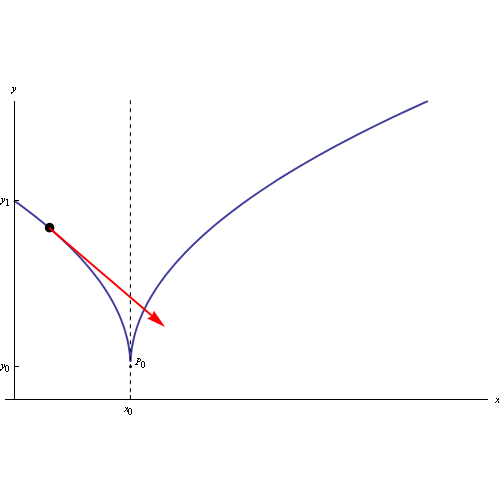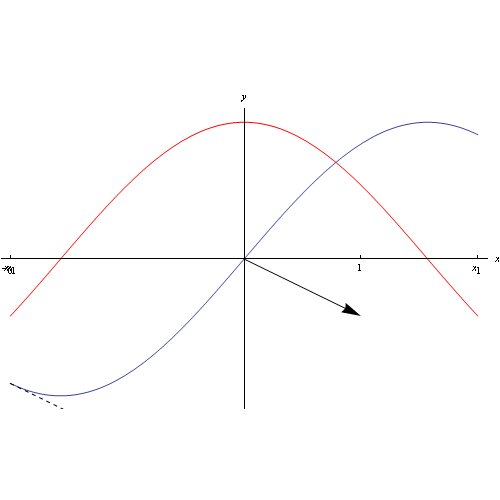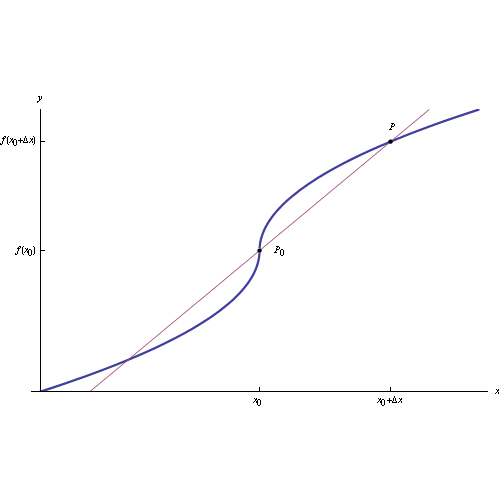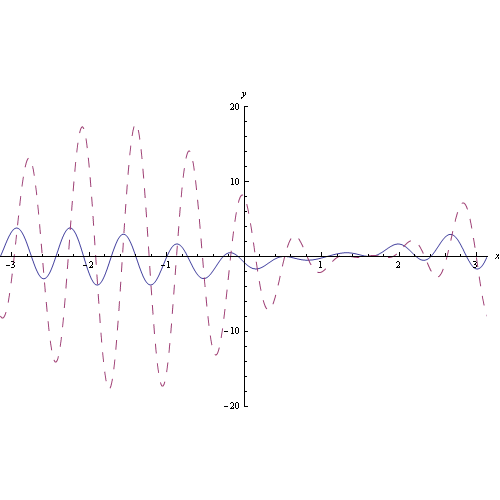[¯|¯] Il paradosso dell'amico di Wigner secondo Hugh Everett III
Aprile 1st, 2019 | by Marcello Colozzo |
The Wigner's Friend Paradox is treated in the doctoral thesis of Hugh Everett III, the famous physicist who, towards the end of the 50s of the last century, formulated the famous < b>Many Worlds Interpretation. In fact, in his thesis Everett writes in the introduction that the postulates of quantum mechanics (as regards the measurement process of an observable) lead to a contradiction if we consider several observers who perform the same measurement but under different conditions. Everett starts from the following conceptual experiment: a closed room R contains a quantum system S and an experimenter A. Suppose that S is characterized by an observable X represented by the following self-adjoint operator (in the appropriate Hilbert space H), whose eigenvalue equation is

In other words, we are assuming that this operator has a purely discrete spectrum. From a known property it follows that by performing a normalization, we have

Furthermore, the system is by hypothesis initially prepared in a linear superposition of eigenstates of X:

where the superscript reminds us that the measurements are performed by A with an appropriate macroscopic measuring apparatus. The time evolutional tempo t dello stato iniziale è

where H is the Hamiltonian operator which we can assume is not explicitly dependent on time. Without loss of generality, assume that the observables energy and X are compatible:

so that we can make the time evolute explicit:

If at time t1 > t0, experimenter A measures the observable X, the state of the system reduces (or "collapses" to) one of the eigenstates of X:

con probabilità

Now let's add a second experimenter (B) who is outside the room, as illustrated in fig.

For the new observer, the system under consideration is A+S, and its state vector is written (at all times):

where An are the possible results of the measurements performed by A. By hypothesis, B performs the measurement (entering room R) at an instant t2 > t1:

It follows that the result of the measurement is decided by B (following its entry into R) independently of the action of A at times t < t2. This conclusion is manifestly contradictory. According to Everett, the only way to resolve this contradiction is to abandon the notion of "reduction" of the state vector.
Sostienici

You can contribute to the publication of new articles and e-books that our staff can make available to you and thousands of other readers.
Il paradosso dell'amico di Wigner è trattato nella tesi di dottorato di Hugh Everett III, il famoso fisico che verso la fine degli anni 50 del secolo scorso, formulò la celebre Many Worlds Interpretation. Infatti, nella sua tesi Everett nell'introduzione scrive che i postulati della meccanica quantistica (per ciò che riguarda il processo di misura di una osservabile) conducono a una contraddizione se si considerano più osservatori che eseguono la medesima misura ma sotto condizioni differenti. Everett parte dal seguente esperimento concettuale: una stanza chiusa R contiene un sistema quantistico S e uno sperimentatore A. Supponiamo che S sia caratterizzato da una osservabile X rappresentata dal seguente operatore autoaggiunto (nell'appropriato spazio di Hilbert H), la cui equazione agli autovalori è

Stiamo cioè ipotizzando che tale operatore sia dotato di spettro puramente discreto. Da una nota proprietà segue che eseguendo una normalizzazione, si ha

Inoltre, il sistema è per ipotesi inzialmente preparato in una sovrapposizione lineare di autostati di X:

dove l'apice ci ricorda che le misure vengono eseguite da A con un appropriato apparato di misura macroscopico. L'evoluto temporale al tempo t dello stato iniziale è

dove H è l'operatore hamiltoniano che possiamo supporre non dipendente esplicitamente dal tempo. Senza perdita di generalità, assumiamo che le osservabili energia e X sia compatibili:

cosicché possiamo esplicitare l'evoluto temporale:

Se nell'istante t1 > t0, lo sperimentatore A esegue una misura dell'osservabile X, lo stato del sistema si riduce (o "collassa" su) a uno degli autostati di X:

con probabilità

Ora aggiungiamo un secondo sperimentatore (B) che si trova fuori della stanza, come illustrato in fig.

Per il nuovo osservatore, il sistema in esame è A+S, e il suo vettore di stato si scrive (a tutti i tempi):

dove An sono i possibili risultati delle misure eseguite da A. Per ipotesi, B esegue la misura (entrando nella stanza R) in un istante t2 > t1:

Ne consegue che il risultato della misura è deciso da B (in seguito al suo ingresso in R) indipendentemente dall'azione di A a tempi t < t2. Tale conclusione è manifestamente contraddittoria. Secondo Everett, l'unico modo per risolvere tale contraddizione consiste nel rinunciare alla nozione di "riduzione" del vettore di stato.
Sostienici

Puoi contribuire all’uscita di nuovi articoli ed e-books gratuiti che il nostro staff potrà mettere a disposizione per te e migliaia di altri lettori.

Tags: Hugh Everett III, many worlds interpretation, paradosso dell'amico di wigner
Articoli correlati



 Congettura di Riemann
Congettura di Riemann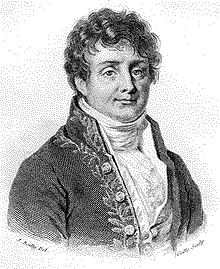 Trasformata discreta di Fourier
Trasformata discreta di Fourier
 Trasformata di Fourier nel senso delle distribuzioni
Trasformata di Fourier nel senso delle distribuzioni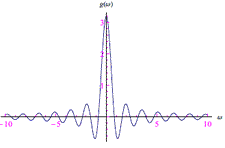 Trasformata di Fourier
Trasformata di Fourier  Infinitesimi ed infiniti
Infinitesimi ed infiniti Limiti notevoli
Limiti notevoli Punti di discontinuità
Punti di discontinuità Misura di Peano Jordan
Misura di Peano Jordan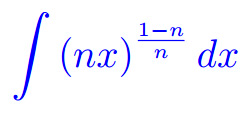 Eserciziario sugli integrali
Eserciziario sugli integrali Differenziabilità
Differenziabilità 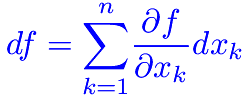 Differenziabilità (2)
Differenziabilità (2) Esercizi sui limiti
Esercizi sui limiti Appunti sulle derivate
Appunti sulle derivate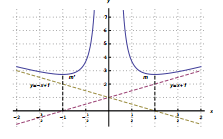 Studio della funzione
Studio della funzione Esercizi sugli integrali indefiniti
Esercizi sugli integrali indefiniti Algebra lineare
Algebra lineare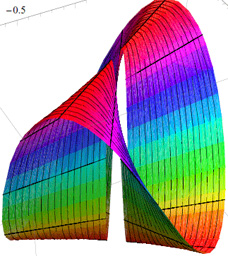 Analisi Matematica 2
Analisi Matematica 2 Analisi funzionale
Analisi funzionale Entanglement quantistico
Entanglement quantistico Spazio complesso
Spazio complesso Biliardo di Novikov
Biliardo di Novikov Intro alla Meccanica quantistica
Intro alla Meccanica quantistica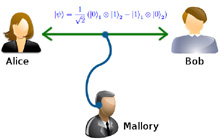 Entanglement Quantistico
Entanglement Quantistico
